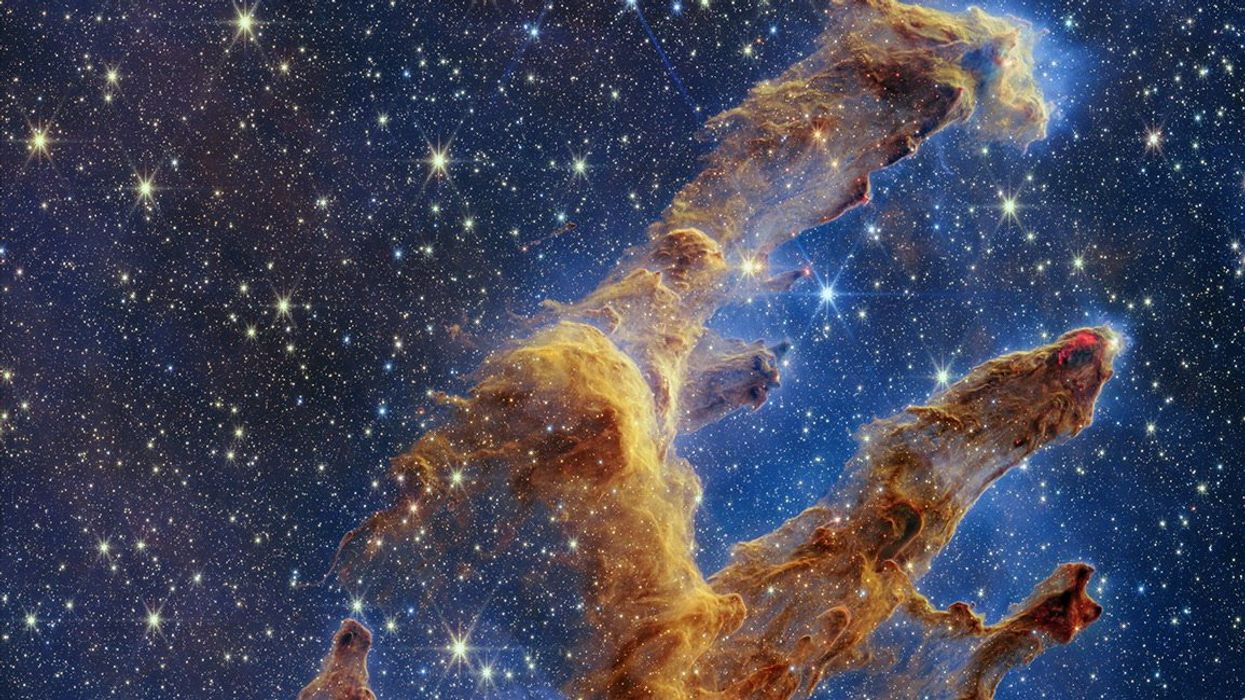Ellie Abraham
Jul 05, 2023
3 Times The James Webb Space Telescope Spotted Something Hubble Missed
content.jwplatform.com
New findings have revealed that time ran five times slower in the early universe, after scientists published new research into quasars.
A quasar is a luminous active galactic nucleus and studying them has allowed scientists to measure time.
The variation in brightness of quasars from the early universe has been measured to determine time dilation back to a billion years after the Big Bang.
Experts have found that there was an era in which clocks moved five times slower than they do in the present day.
The findings come as a relief to many cosmologists who have been perplexed by previous results that have come from studying quasars.
The discovery that the universe is expanding led to the theorisation of “time dilation” – the idea that time moved slower the smaller the universe was.
Sign up to our free Indy100 weekly newsletter
Professor Geraint Lewis of the University of Sydney, the lead author of a new study, said in a statement: “Looking back to a time when the universe was just over a billion years old, we see time appearing to flow five times slower.”
He continued, explaining: “If you were there, in this infant universe, one second would seem like one second – but from our position, more than 12 billion years into the future, that early time appears to drag.”
To measure the extent of time dilation, scientists turned to quasars, as they are able to measure their change in brightness over a period they can estimate.
The most distant quasar that is visible is 13 billion back in time and can still be seen despite its far distance. Their brightness varies due to turbulence and lumpiness in their accretion disks.
Lewis explained the phenomenon as being “a bit like the stock market”.
He said: “Over the last couple of decades, we’ve seen there is a statistical pattern to the variation, with timescales related to how bright a quasar is and the wavelength of its light.”
Have your say in our news democracy. Click the upvote icon at the top of the page to help raise this article through the indy100 rankings.
Top 100
The Conversation (0)














